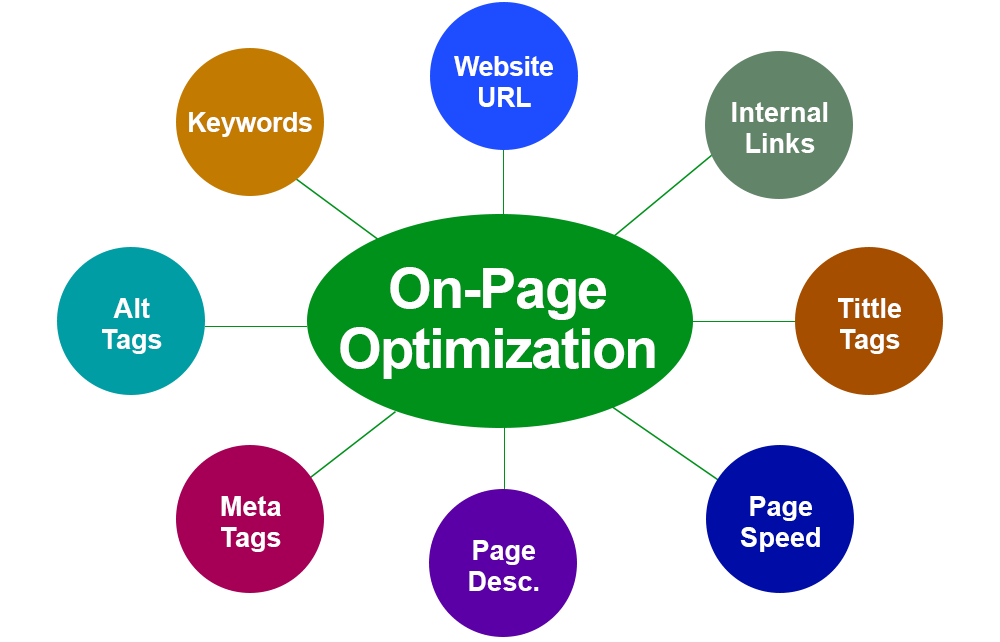Onpage Optimization
 |
| On page SEO |
Analysis and Monitoring as Prerequisites for Onpage Optimization
Effective onpage optimization requires
In extreme cases, optimization measures that aren’t
Elements of Onpage Optimization
There is no standard, universally-recognized workflow for onpage optimization. However, analysis and measures for implementation should be as comprehensive as possible,
Even if
1. Technical optimization
There are three main technical components of
1.1. Server speed:
As website load times are considered by search engines as
1.2. Source code:
An efficient
1.3. IP addresses:
These
2. Content
Content,
2.1. Text:
For
2.2. Structural text elements:
This covers
2.3. Graphics:
All images are important content elements
2.4. Videos:
Much of what applies
2.5. Meta-tags:
Meta titles, as a page element relevant for rankings, and meta descriptions, as an indirect factor that impacts the CTR (Click-Through Rate)
3. Internal links and structure
Internal linking
3.1. Logical structure and crawl depth:
The aim here is to carefully structure menus and
3.2. Internal linking:
This determines how link juice is managed and distributed around
3.3. Canonization:
Ways of avoiding duplicate content include
3.4. URL structure:
This aspect involves checking whether search-engine-friendly URLs are
3.5. Focus:
Pages that don’t contain any particularly useful content
4. Design
A major
4.1. Mobile optimization:
This means adapting a website’s desktop content
4.2. File sizes:
Images or graphics that are
4.3. Call-to-Action:
Specific page elements should be
Comments
Post a Comment